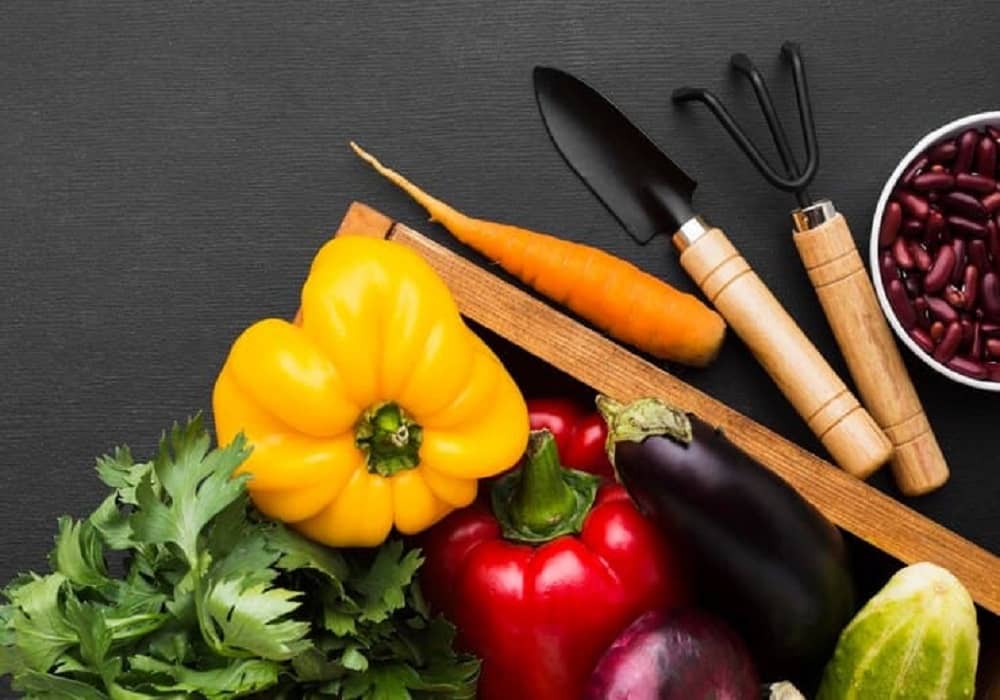Creating a vegetable garden in India is not just a hobby; it’s a way to embrace healthy living, save money, and enjoy fresh, home-grown produce. However, the success of a vegetable garden largely depends on choosing the right vegetable garden plants for each season. In this comprehensive guide, we will explore the best vegetables to grow in India by season, planting tips, care instructions, and answer some frequently asked questions.
Understanding Seasons in India for Vegetable Gardening
India experiences diverse climatic zones, but broadly, the vegetable-growing year can be divided into three main seasons:
- Kharif Season (Monsoon): June to September
- Rabi Season (Winter): October to March
- Zaid Season (Summer): March to June
Each season favors different types of vegetable garden plants, making it essential to plan your garden accordingly.
Best Vegetable Garden Plants for Kharif (Monsoon) Season
During the Kharif season, warm temperatures and high rainfall create perfect conditions for certain vegetables. Some ideal choices include:
- Okra (Ladyfinger): Thrives in warm, humid conditions. Requires well-drained soil and plenty of sunlight.
- Brinjal (Eggplant): Prefers fertile, moist soil and regular watering. Resistant to pests with proper care.
- Cucumber: Needs trellis support for climbing. Grows well in high rainfall areas.
- Pumpkin & Squash: Spreads widely; requires ample space and fertile soil.
- Beans (French Beans, Cluster Beans): Quick-growing, nitrogen-fixing plants that improve soil health.
Tips for Kharif planting:
- Use raised beds to avoid waterlogging.
- Mulch the soil to retain moisture.
- Apply organic compost to enhance fertility.
Best Vegetable Garden Plants for Rabi (Winter) Season
Rabi season is cooler, making it ideal for leafy greens and root vegetables. Popular vegetable garden plants for this season include:
- Spinach (Palak): Fast-growing leafy green rich in iron. Needs well-drained soil and moderate sunlight.
- Cauliflower & Cabbage: Require fertile soil and regular watering. Protect from pests using organic sprays.
- Carrot & Beetroot: Grow well in sandy loam soil. Ensure consistent moisture for straight roots.
- Tomatoes & Peas: Tomatoes need sunny conditions, while peas thrive in cooler temperatures.
- Radish & Turnip: Quick-growing root vegetables suitable for small spaces.
Rabi planting tips:
- Start seeds in nursery beds before transplanting.
- Maintain proper spacing to allow air circulation and reduce fungal infections.
- Regularly remove weeds to prevent nutrient competition.
Best Vegetable Garden Plants for Zaid (Summer) Season
The Zaid season falls between Rabi and Kharif, characterized by hot temperatures. Heat-tolerant vegetable garden plants include:
- Bottle Gourd & Bitter Gourd: Vine vegetables that thrive in summer heat with adequate watering.
- Tomatoes & Chilies: Require sunny spots and fertile soil for optimal growth.
- Cucumber & Ridge Gourd: Climbing vegetables that need support structures.
- Corn & Okra: Quick-growing and well-suited to hot climates.
Zaid planting tips:
- Water early in the morning to reduce evaporation.
- Use shade nets for sensitive seedlings.
- Apply organic mulch to maintain soil moisture.
General Tips for Growing Vegetable Garden Plants in India
- Soil Preparation: Enrich soil with compost, farmyard manure, or organic fertilizers before planting.
- Watering: Consistent watering is key, but avoid overwatering to prevent root rot.
- Pest Control: Use neem oil or organic sprays to manage pests and diseases naturally.
- Crop Rotation: Rotate crops each season to maintain soil fertility and reduce pests.
- Sunlight: Most vegetables require at least 5–6 hours of sunlight daily.
Container Gardening for Small Spaces
Even if you have limited space, you can grow vegetable garden plants using containers:
- Tomatoes, Spinach, and Chilies: Grow well in pots of 12–15 inches depth.
- Herbs like Coriander, Mint, and Basil: Perfect for balconies and terraces.
- Vertical Gardening: Use trellises and hanging pots for cucumbers, beans, and gourds.
Harvesting Tips
- Leafy Vegetables: Pick regularly to encourage fresh growth.
- Fruits and Vegetables: Harvest when they reach full size but are still tender for best taste.
- Root Vegetables: Check soil gently to see if carrots, radishes, or beets are ready.
Proper harvesting ensures continuous production and healthy plants.
Frequently Asked Questions (FAQs)
Q1: How long does it take for vegetable garden plants to grow?
A: Growth time varies by vegetable. Leafy greens like spinach may take 30–40 days, while tomatoes and cauliflower may take 90–120 days.
Q2: Can I grow vegetables in small urban spaces?
A: Yes, using container gardening, vertical gardens, or terrace gardening, you can grow most vegetables even in limited space.
Q3: How can I protect my vegetables from pests naturally?
A: Use neem oil, garlic spray, or intercropping techniques to deter pests without chemicals.
Q4: Is it necessary to use chemical fertilizers for vegetable garden plants?
A: No, organic fertilizers like compost, vermicompost, and farmyard manure are sufficient and eco-friendly.
Q5: How often should I water my vegetable garden?
A: Watering frequency depends on soil type and climate. Generally, 2–3 times a week is sufficient, but sandy soils may require more frequent watering.
Conclusion
Growing vegetable garden plants in India is a rewarding experience, offering fresh produce and a healthier lifestyle. By understanding seasonal requirements, selecting suitable crops, and following proper care techniques, anyone can enjoy a productive and thriving vegetable garden. Whether you have a large backyard or a small terrace, the joy of harvesting your own vegetables is unparalleled.





Comments